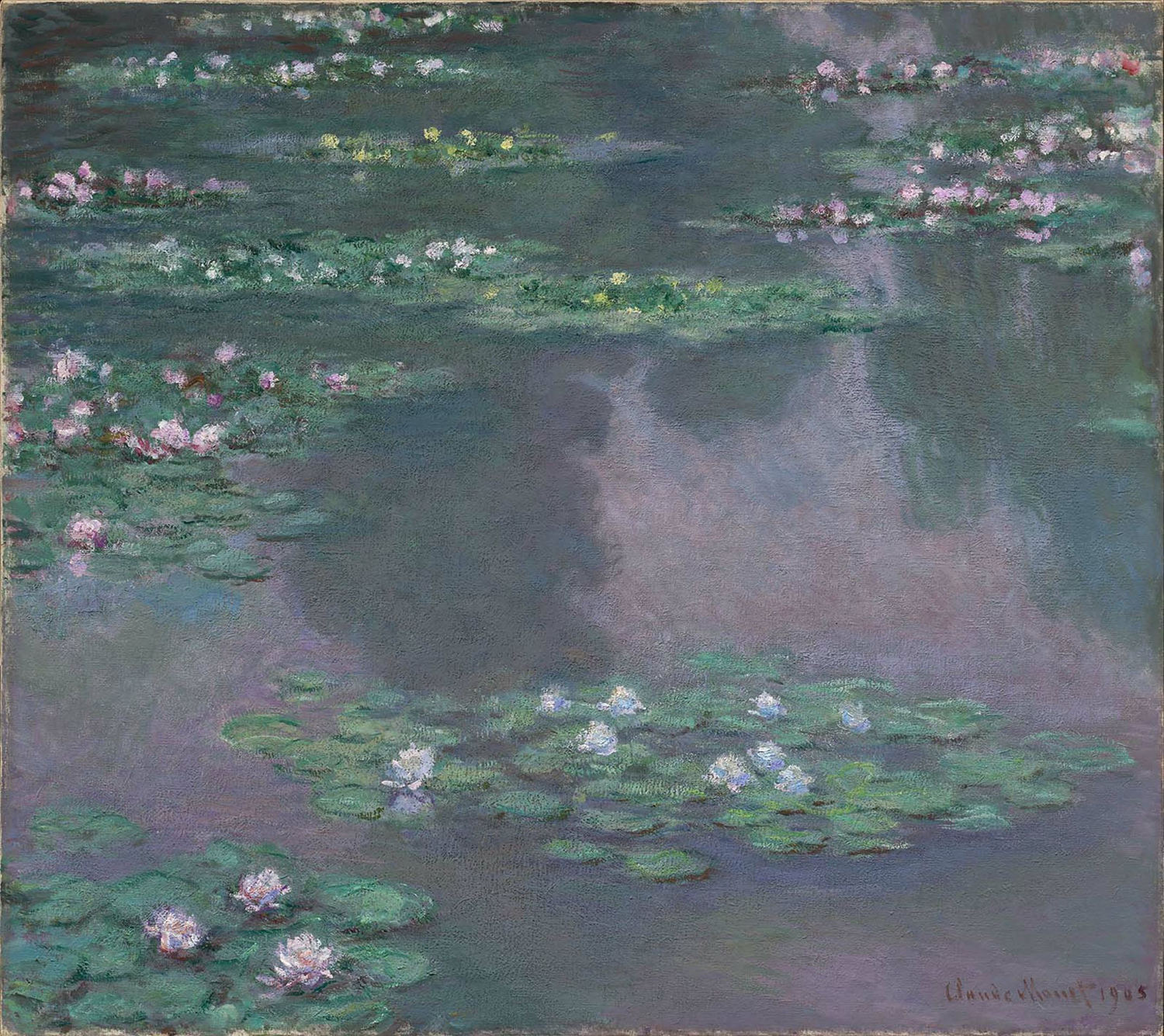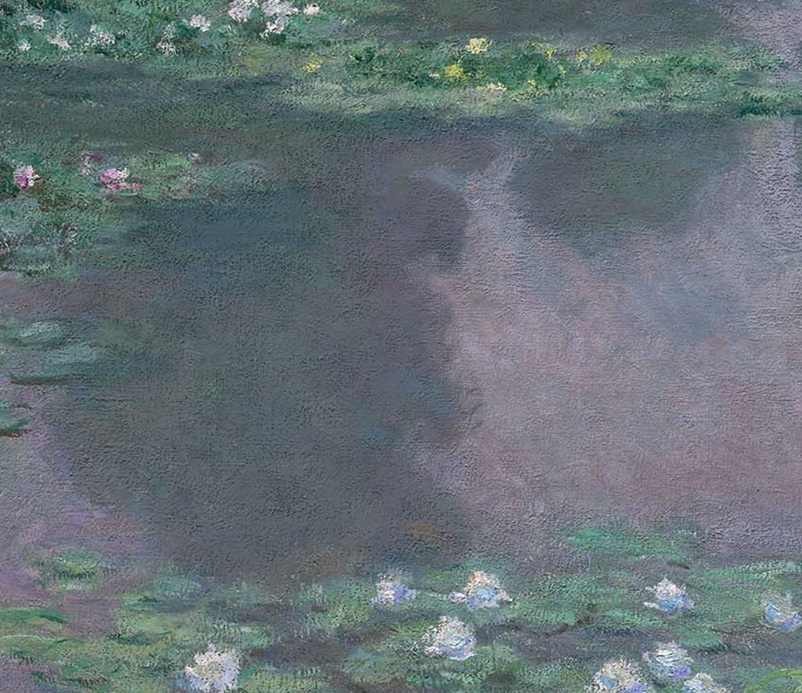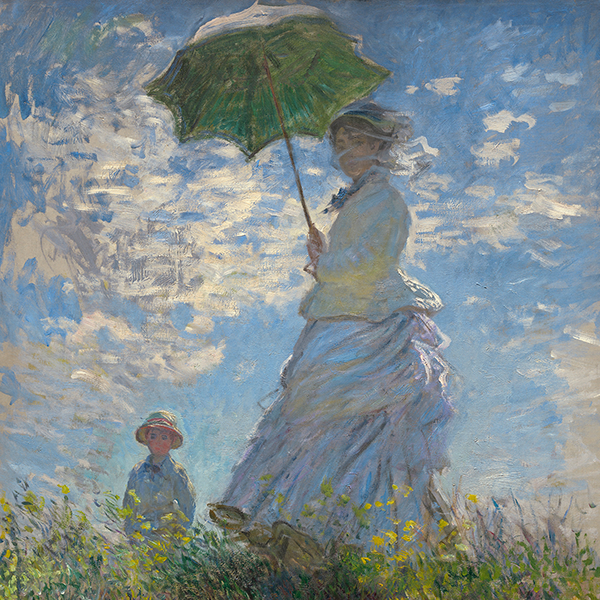Water Lilies (Nympheas)
Claude Monet, 1906, Giverny
Monet spend the last many years of his life focusing on painting his garden in Giverny, most prominently the water lilies housed in the pond in this garden. Thus, while e.g. the Sunflower can be said to belong to Van Gogh, the water lily definitely belongs to Monet.
Water Lilies
Monet painted these repeatedly. In fact, there are more than 250 paintings by Monet of the water lilies in his garden. As a selection of these were painted while he suffered cataract, there is an interesting change in his perception of colors between the paintings done before and after he suffered from this illness.
The above painting, Water Lilies by Monet, was painted in 1906. It is among the most famous painted by Monet in his garden, an image loved and admired by generations of art lovers. Or as stated by Giovanna Bertazzoni, Christie’s auction house director and head of impressionist and modern art.
“Claude Monet’s water-lily paintings are amongst the most recognized and celebrated works of the 20th Century and were hugely influential to many of the following generations of artists”.
The painting shows the water lilies in the pond in Monet’s garden in Giverny. The trees surrounding the pond and the sky are reflected in the water. The painting is made in the daytime, and the suns light reflects from both the water and off the petals of the water lilies themselves.
Light at Play
Through the focus on this small area of the pond, Monet constraints our view and perspective. Yet, by at the same time depicting the reflection of the light in the pond, he allows us to also gaze further out, using the surface of the water as a portal. Therefore, though we are initially looking at a painting with neither foreground nor background, we can indeed see both the blue sky above and the willow tree leading out over the pond in the back. Meanwhile, this reflective view is interrupted on occasion by the white water lilies themselves, with their pink and yellow flowers. They bring a sense of tranquility and added beauty to the reflection of the vista beyond.
Writer C.P. Weekes, author of The Invincible Monet stated:
“Even his pictures, which to modern eyes appear the essence of romance, were to him scientifically exact reproductions of the effect of light on nature at any given moment”
Monet studied the effects of light in many of his painting series, including of Haystacks, Parliament and other. This was also the case with the water lilies, which he painted in numerous lighting conditions and through the different seasons. However, it could be argued that Weekes is wrong in his assumption that the Water Lilies were painted without any romantic feelings influencing the work. Some speculate that they symbolize Monet’s personal artistic reflection on his love for Alice Hoschede. If you closely follow Monet’s progression, which focuses on the vast beauty of the reflection of the water lilies in his garden, it can be gathered that the loving relationship he had with Alice follows in parallel with his paintings, thus establishing that this could be much more than a simple study on light.
The Water Lilies series offers Monet at his peak. Water Lilies can today be found at the Museum of Modern Art in Boston, Massachusetts.





